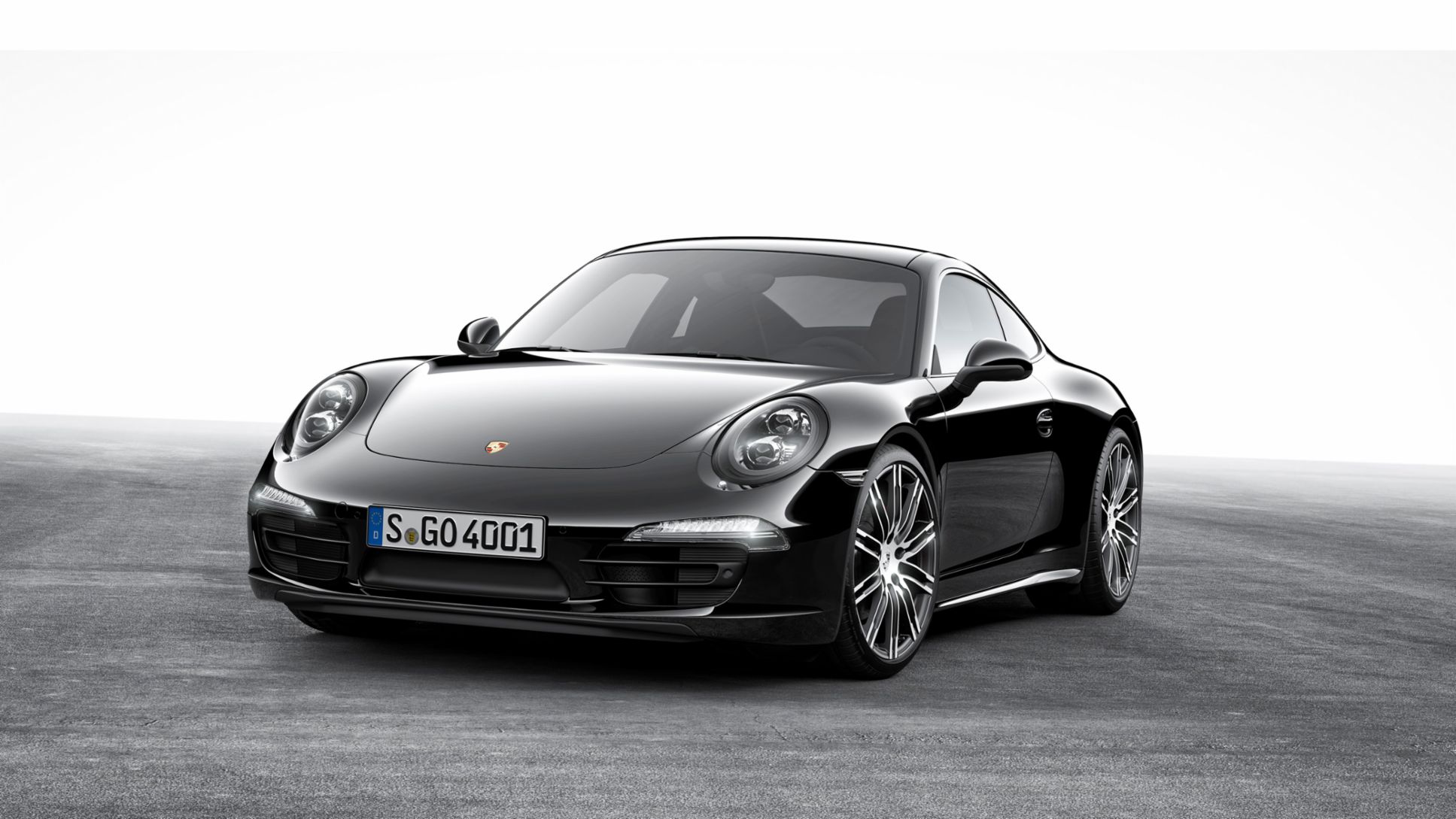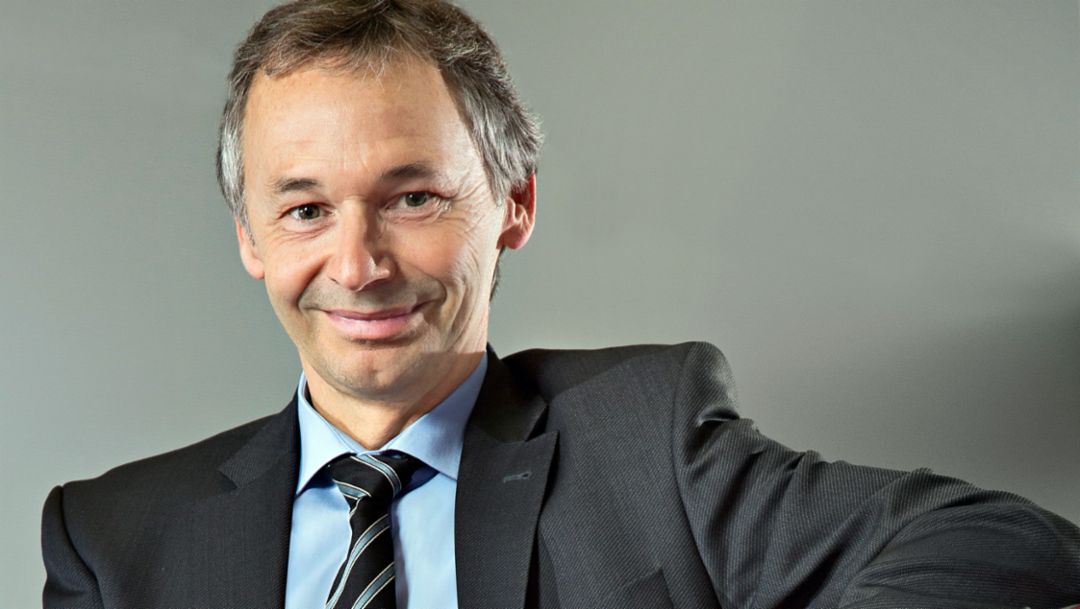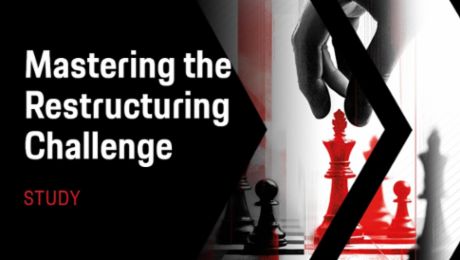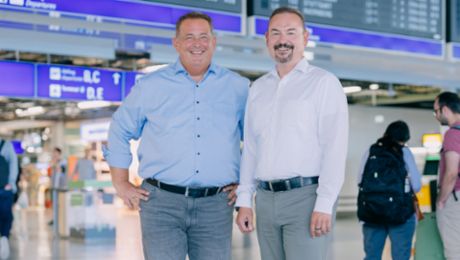Fifty years after coming onto the market, the 911 is more popular than ever. What is its secret?
August Achleitner: I don’t think anyone could have predicted this kind of success. In the early years the company continued to develop the car on a tight budget. Then it became clear how much the customers liked the 911—back then they were the real driving force behind its continuing existence. If we compare that situation with today, we also see some key external and internal factors. External influences such as feedback from journalists in the industry, feedback from customers, some of our competitors, and regulatory aspects play a role. With close consideration of internal topics from our preliminary development and also from other model series, we are creating a catalogue for the next generation of the 911. That is what we might call the composition.
Then there is the matter of costs. How do you choose the right course?
Porsche is very cost-conscious. This plays such a strong role in our day-to-day work that we’re always striving for the optimum results. By “optimum” I mean the best cost-benefit ratio, which consists of the best, most cost-effective technical solutions in combination with the greatest possible customer satisfaction. There can be different types of costs, of course, such as those for development, investment, for the components themselves—or the sum total.
That sounds simple. Is it in fact?
You often get something like a tug-of-war: on the one hand, you’ve got an attractive technical solution, because especially the 911 is called upon to demonstrate its performance in a competitive environment. On the other hand, there’s the fact that as a manufacturer we want and have to be profitable with the car. That means we have to earn money. This is no trivial balancing act. There’s nothing special about simply deciding to put all manner of technology into the car; I can come up with the requisite ideas on a Sunday afternoon if need be. But when you count everything up and see what it costs and what type of price tag we’d have to show our customers, then everything looks quite different. And it certainly won’t be getting any easier. In particular, the regulatory specifications on reducing fuel consumption and emissions may trigger advances in engineering, but they also generate high levels of additional costs for the cars.
How do you approach the introduction of new solutions and technologies?
You have to think strategically: you know when the next car is coming out, and you also know when the one after that is coming. You know what you have to do for the next 911 to make it more attractive and give customers something really new. But you don’t have to exhaust all your resources at once. That means when it comes to new ideas, there’s always another one just around the corner.
The iconic 911 is more than the sum of its parts, though. Why is this?
When we run the tests on the overall vehicle we do a lot of fine-tuning. I could outsource this checking of the car’s functions. But then the passion would be missing. The overall harmony, the compulsion to keep working on every last detail just one more time—ultimately, that is what counts. Then when the car is finished, it’s clear that it’s a completely rounded product. Everything is the way the customer wants it.
Info
Text first published in „Porsche Consulting - THE MAGAZINE", Issue 16
Author: Peter Weidenhammer
Consumption data
911 Carrera: Combined fuel consumption: 8.3-7.4 l/100 km; CO2 emissions 190-169 g/km
Porsche model series 911: Combined fuel consumption: 12,7 – 8,2 l/100 km; CO₂ emissions: 296-191 g/km





